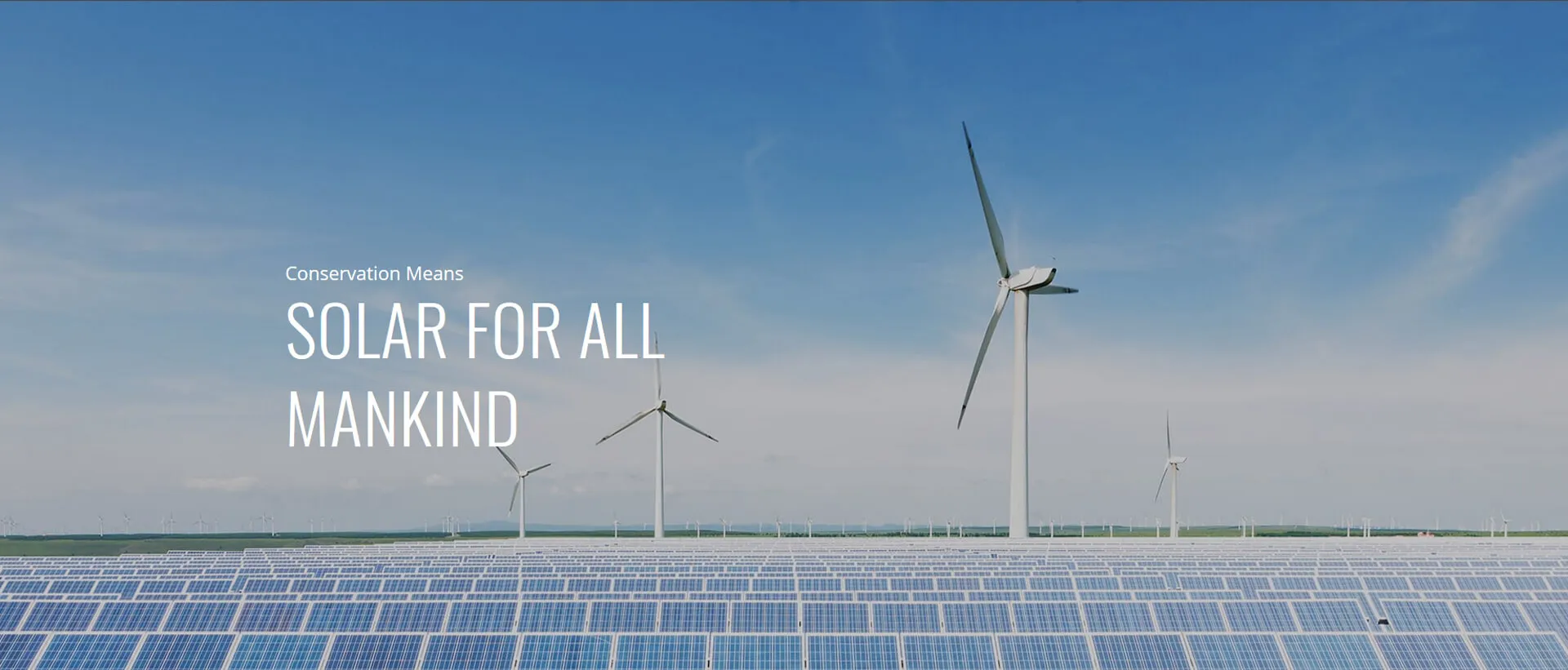Understanding Pure Sine Wave Inverters for Efficient Power Conversion and Energy Savings
Understanding Pure Sine Wave Inverters
In today's world, the demand for reliable and efficient power sources has led many to consider pure sine wave inverters. These devices are crucial for converting DC (direct current) into AC (alternating current) power, and they offer several significant advantages over their modified sine wave counterparts.
A pure sine wave inverter produces a smooth, continuous wave output that closely resembles the power supplied by traditional utility grids. This makes it ideal for running sensitive electronics and appliances, such as computers, televisions, medical equipment, and other sophisticated devices that require stable voltage and frequency. The reason behind this preference lies in the way pure sine wave inverters manage voltage fluctuations and harmonics, ensuring a clean power supply that minimizes the risk of device malfunction.
One of the standout benefits of pure sine wave inverters is their compatibility with a broad range of appliances. Unlike modified sine wave inverters, which may introduce electrical noise and cause devices to operate less efficiently, pure sine wave inverters maintain optimal performance across various equipment. Consequently, users can expect longer lifespans for their devices, lower maintenance costs, and enhanced energy efficiency. This is particularly beneficial for those who rely on renewable energy sources such as solar power, where consistency and reliability are paramount.
pure sine wave inverter

Moreover, pure sine wave inverters are key in off-grid applications. For individuals living in remote areas or aiming for energy independence, these inverters provide a reliable solution for harnessing the power of renewable energy systems. By converting the generated DC from solar panels into usable AC power, pure sine wave inverters allow for the operation of household appliances in a seamless manner. This not only facilitates a higher quality of life but also promotes sustainability by reducing reliance on fossil fuels.
When choosing a pure sine wave inverter, it’s vital to consider several factors, including power capacity, efficiency ratings, and the specific needs of the devices to be powered. Many models available on the market have built-in features like overload protection, low voltage shutdown, and thermal protection, which further enhance safety and reliability. An inverter with a higher efficiency rating will convert more of the stored energy into usable power, thus optimizing performance and reducing energy waste.
However, pure sine wave inverters can come with a higher upfront cost compared to modified sine wave inverters. Still, the long-term benefits, including improved device performance and energy efficiency, often justify the investment. It is essential for users to assess their energy needs, types of appliances, and budget when selecting the appropriate inverter.
In conclusion, pure sine wave inverters play a critical role in modern energy solutions, especially for those seeking reliable power for sensitive electronics. With their ability to create a clean and consistent energy output, they stand out as a preferred choice for both residential and commercial applications. As the global shift toward renewable energy continues to grow, the importance of pure sine wave inverters is set to rise, shaping our energy future in a reliable and sustainable manner.
-
Unlocking Energy Freedom with the Off Grid Solar InverterNewsJun.06,2025
-
Unlock More Solar Power with a High-Efficiency Bifacial Solar PanelNewsJun.06,2025
-
Power Your Future with High-Efficiency Monocrystalline Solar PanelsNewsJun.06,2025
-
Next-Gen Solar Power Starts with Micro Solar InvertersNewsJun.06,2025
-
Harnessing Peak Efficiency with the On Grid Solar InverterNewsJun.06,2025
-
Discover Unmatched Efficiency with the Latest String Solar InverterNewsJun.06,2025







